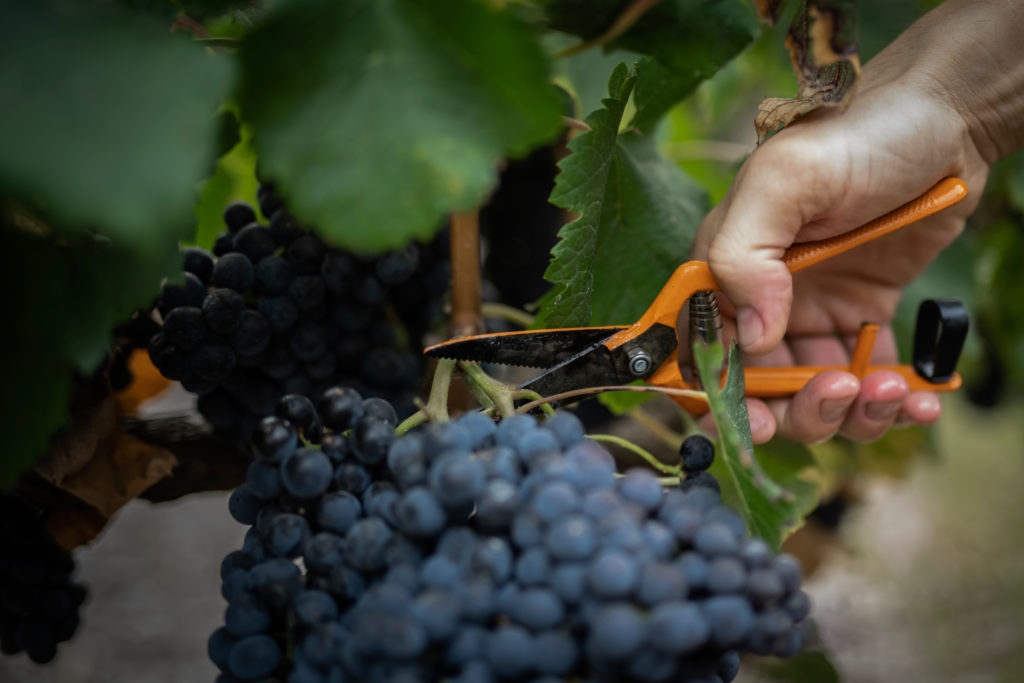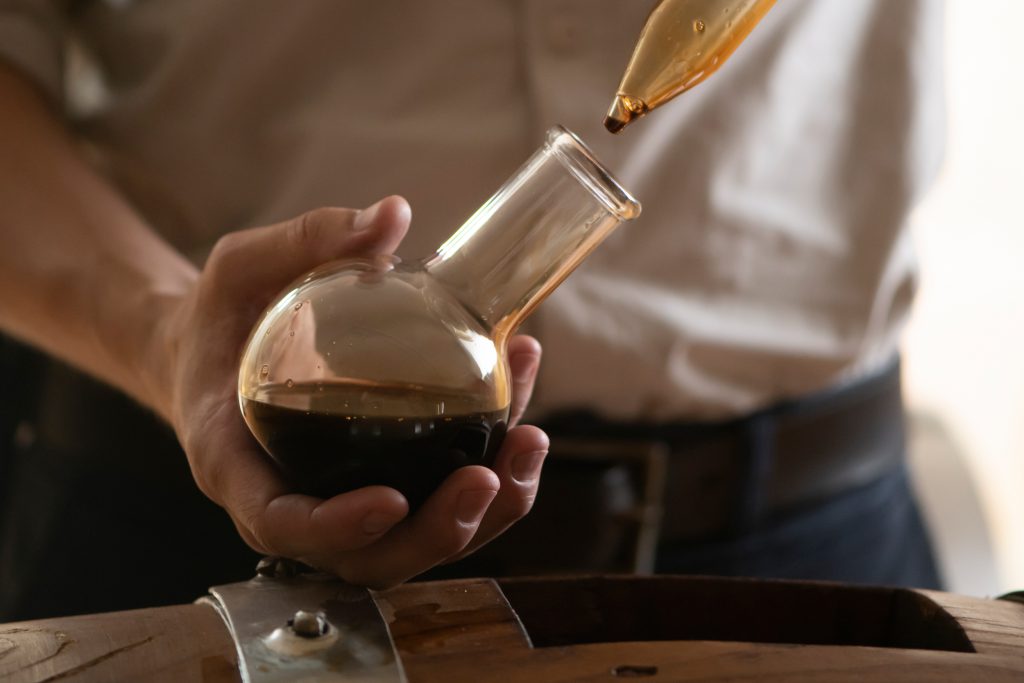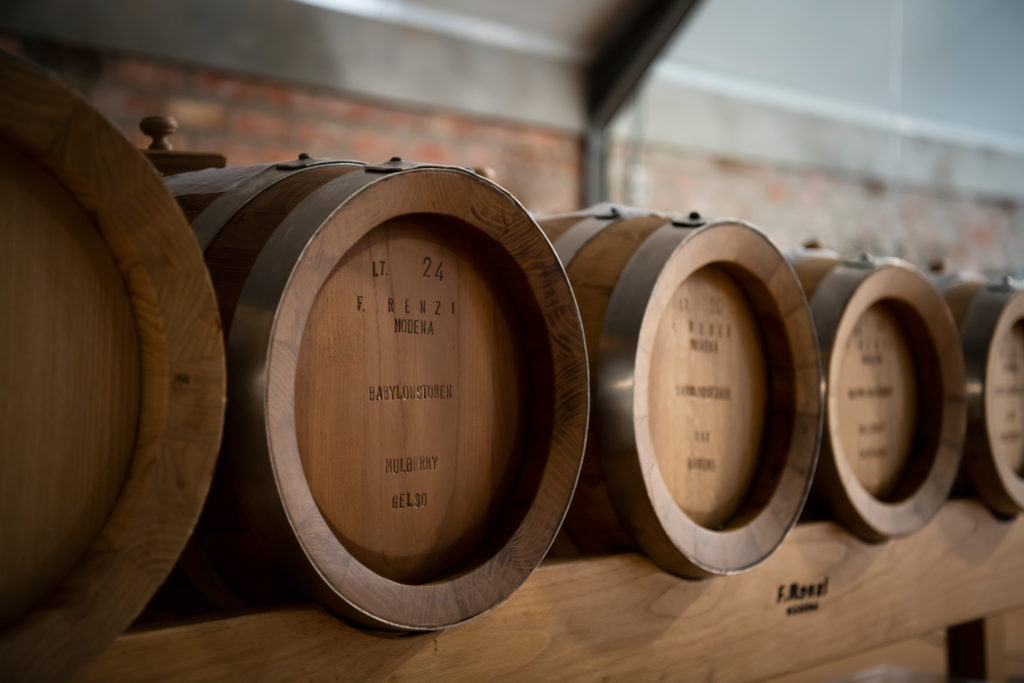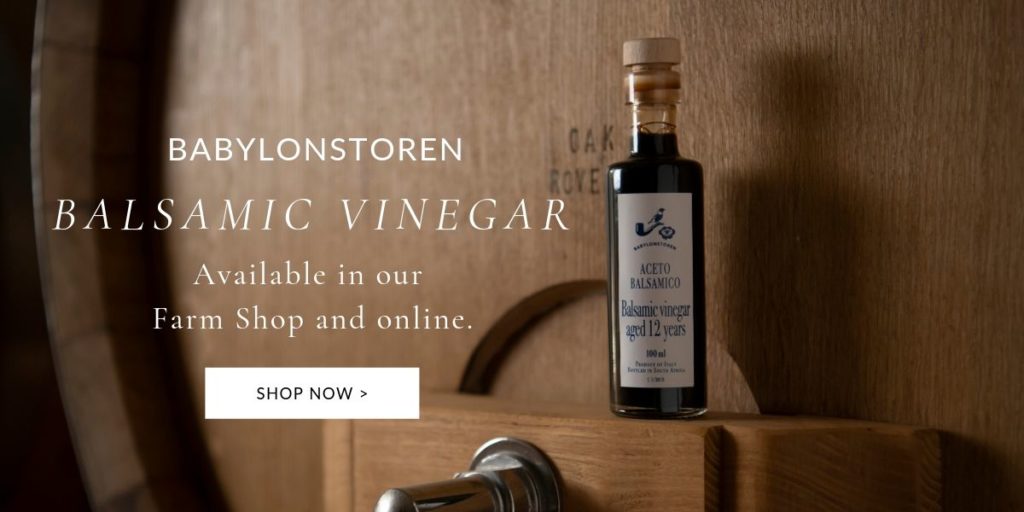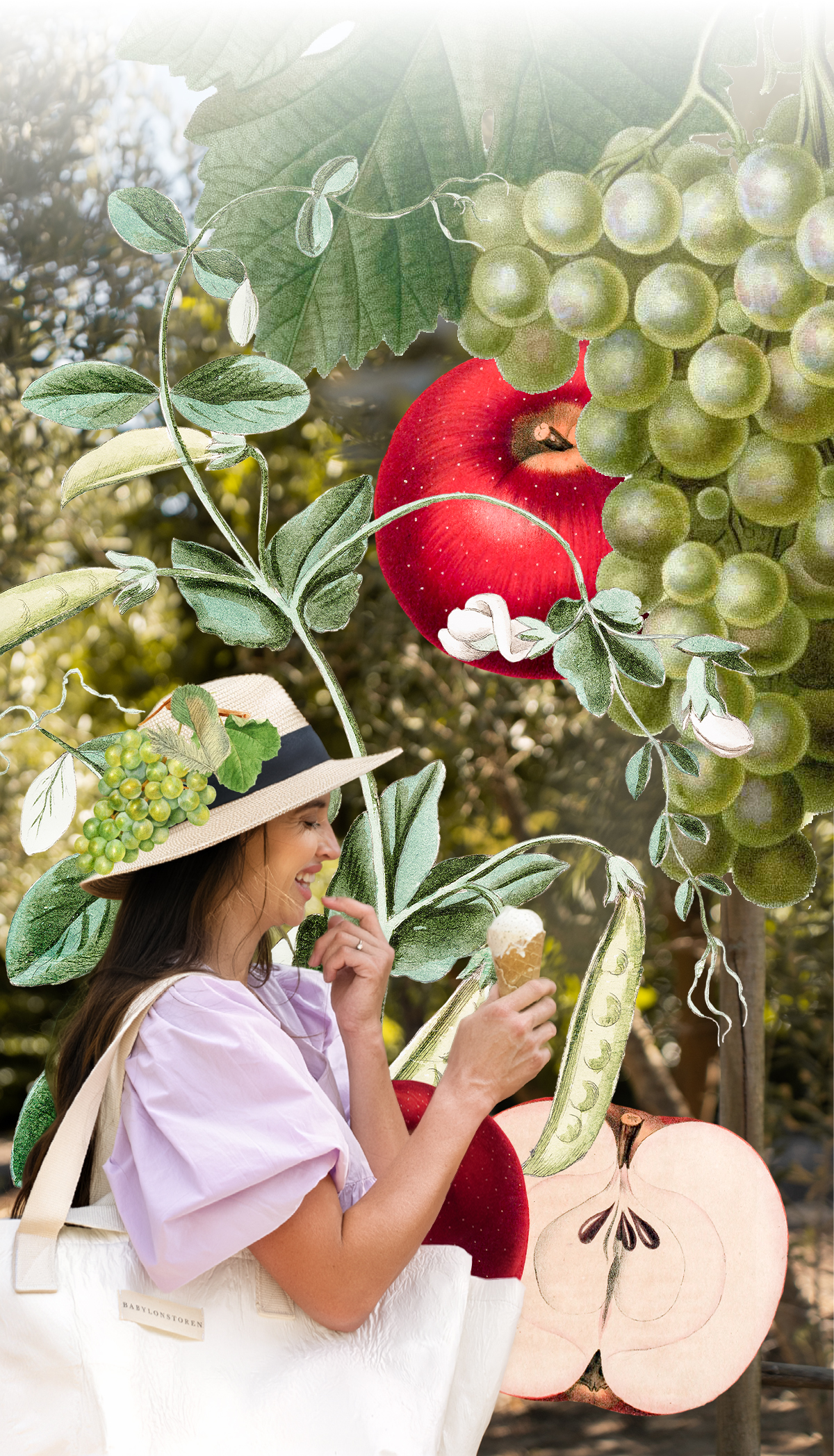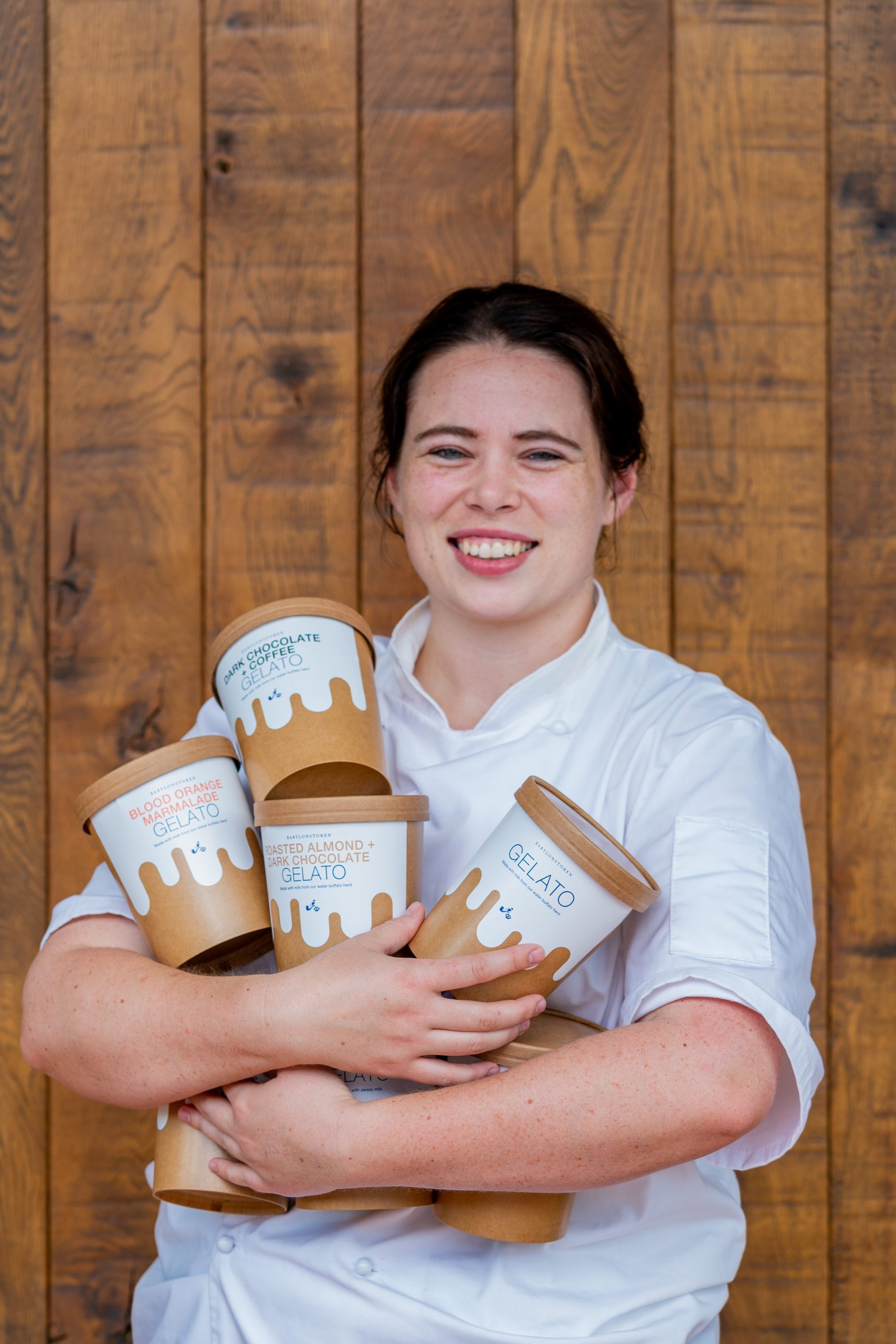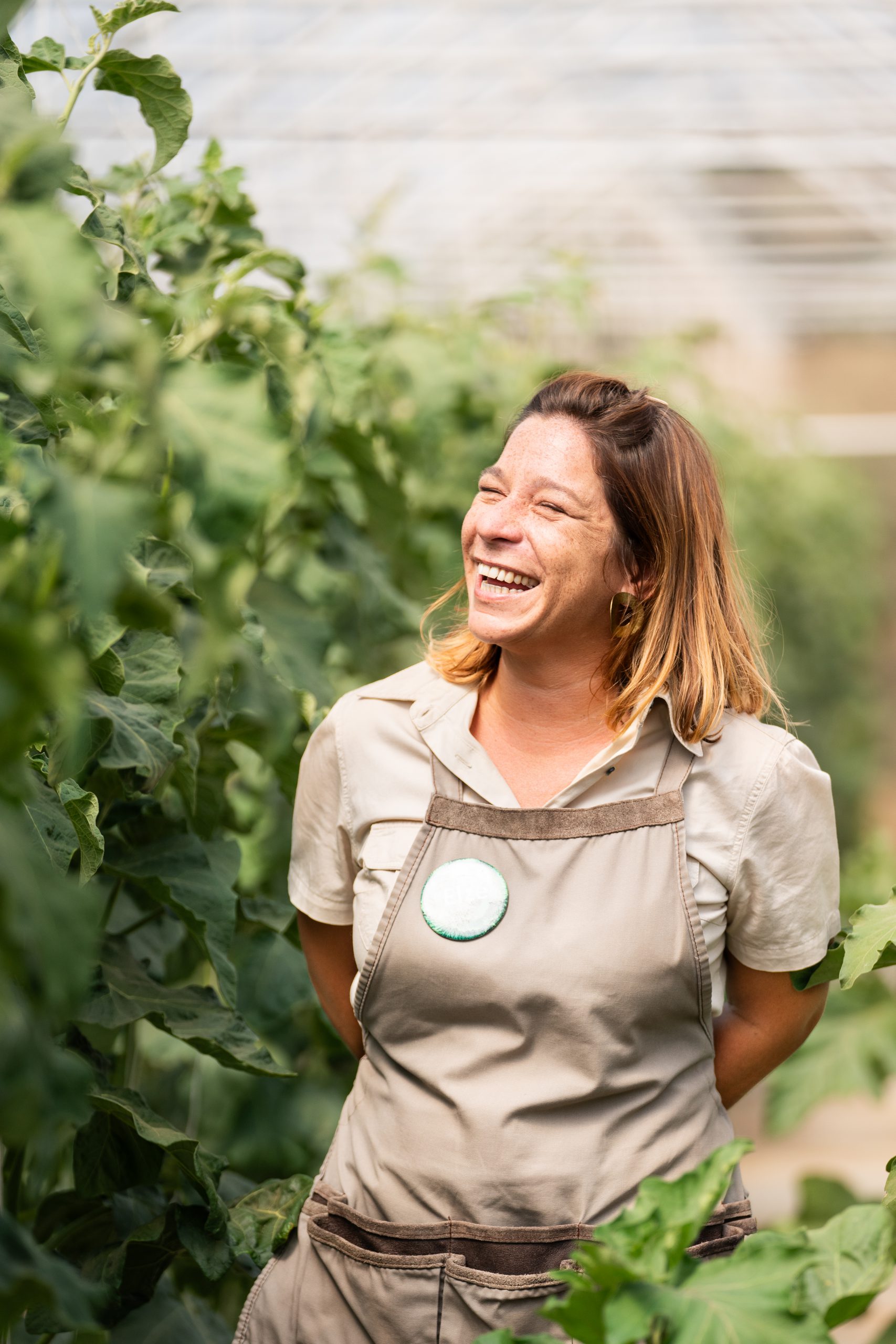Bellissimo for Balsamic Vinegar!
June 14th, 2019If you’re a regular visitor to Babylonstoren you might have noticed that we are greatly influenced by the Italians when it comes to our food and wine. When the time came to make our very own balsamic vinegar, we again turned to the masters of la dolce vita for inspiration. With this new artisanal venture we salute true DOP style balsamic vinegar, but with a twist of our own.
To get first-hand experience and learn from the best in the balsamic industry, Babylonstoren’s winemaker, Klaas Stoffberg, travelled to Modena in Italy. Not only did he scout for and taste some of the best balsamic vinegars in the world, but he paid special attention to the traditional methods and production processes used to create this heavenly liquid.
How is Balsamic Vinegar made?
DOP is short for Denominazione di Origine Protetta (Protected Designation of Origin). Balsamic vinegars with the DOP classification has approval from the esteemed Consortium of Traditional Balsamic Vinegar Producers and adhere to the minimum ageing requirement of 12 years. These vinegars are exclusive to Modena and neighbouring Reggio Emilia.
There are only about 60 Italian producers who bottle real Aceto Balsamico Tradizionale DOP, making it a rare and sought-after delicacy amongst foodies worldwide. True DOP balsamic vinegar is exclusively bottled in wax-sealed 100 ml Giorgetto Giugiaro bottles. A cream seal on the bottle will indicate that the liquid has been aged for a minimum of 12 years, whereas gold seal balsamics have been aged for a minimum of 25 years. Interestingly, the specific age of the product is never shown on the packaging; only the seals give a vague idea of its age.
Making Balsamic Vinegar at Babylonstoren
To get our balsamic journey going, Klaas imported traditional Italian barrels, made by F. Renzi in Modena, after returning from his expedition. Together with these wooden wonders, we also bought in genuine 12-year-old DOP from Modena. On your next visit, do take a peek at these imported gems, located in the maturation space just upstairs from The Scented Room.
Preceding the lengthy maturation process, the grape juice is boiled until 44 ºBalling is reached. The cooked must is then pumped into a tank to ferment to 30 ºBalling. The reduced liquid, now a thick syrup, then makes its way into wooden kegs. In the battery of barrels, each smaller than the previous one, the precious liquid is left to mature and thicken for a minimum of 12 years. Every year, the balsamic vinegar is poured over into a smaller barrel, slowly making its way to the front of the consumption chain and into our kitchens.
Inspired by the methods, quality and character of traditional DOP balsamic vinegar, we’re experimenting with a Cape balsamic vinegar in a similar style, using shiraz. Some of our barrels have already been filled, but we’ll have to wait patiently for a few years before tasting the sweet nectar. In the meantime, visitors can enjoy our bottled Aceto Balsamico all the way from Modena.
Here’s how to use balsamic vinegar
After tasting the best of the best, Klaas admits that a regular store-bought balsamic vinegar now leaves his connoisseur palate unsatiated. “Once you’ve tasted the concentrated flavour of a genuine balsamic, you’ll have an appreciation for the traditional process and artisanal value of the product.”
Being one of the world’s most widely popular condiments, this cherished liquid is enjoyed for its tangy-sweet taste, lingering complexity and velvety smooth texture. It’s delicious dripped over parmesan, prosciutto, ice-cream or enjoyed as an after-dinner palate cleanser.
